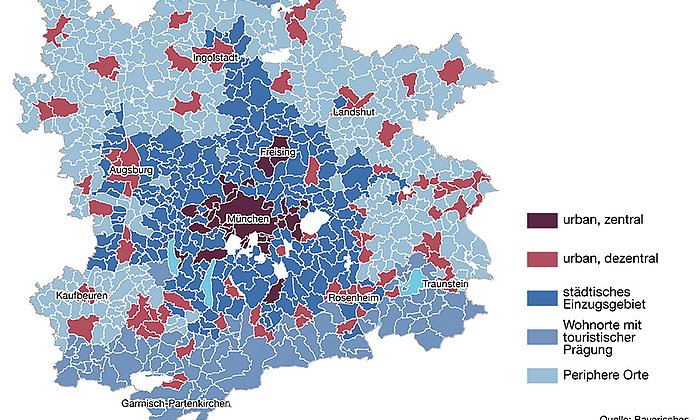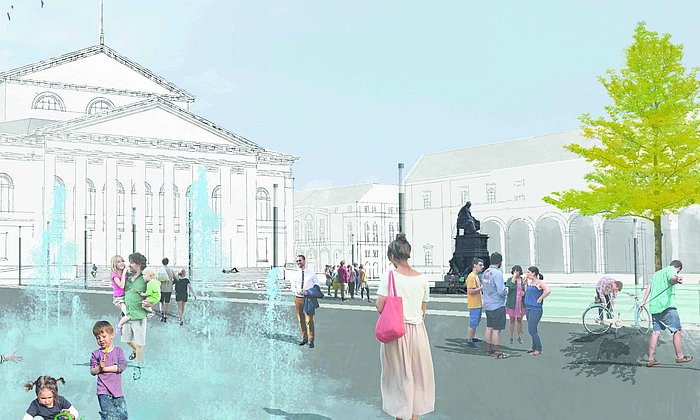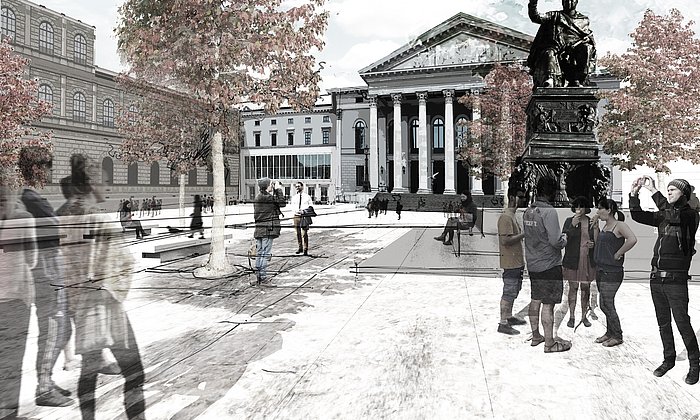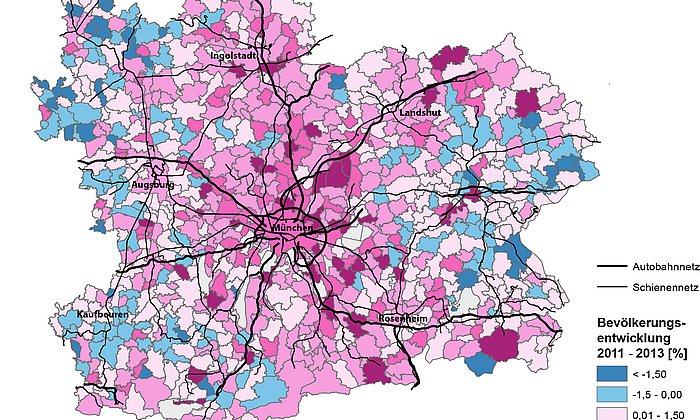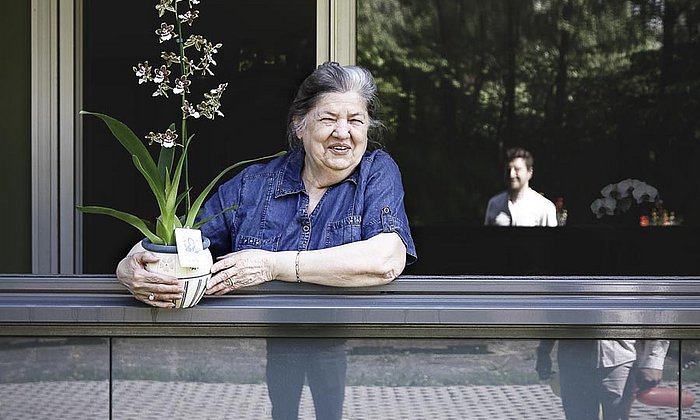The study "Living, working and mobility in Munich metropolitan area"
"Not all roads have to lead to Munich"
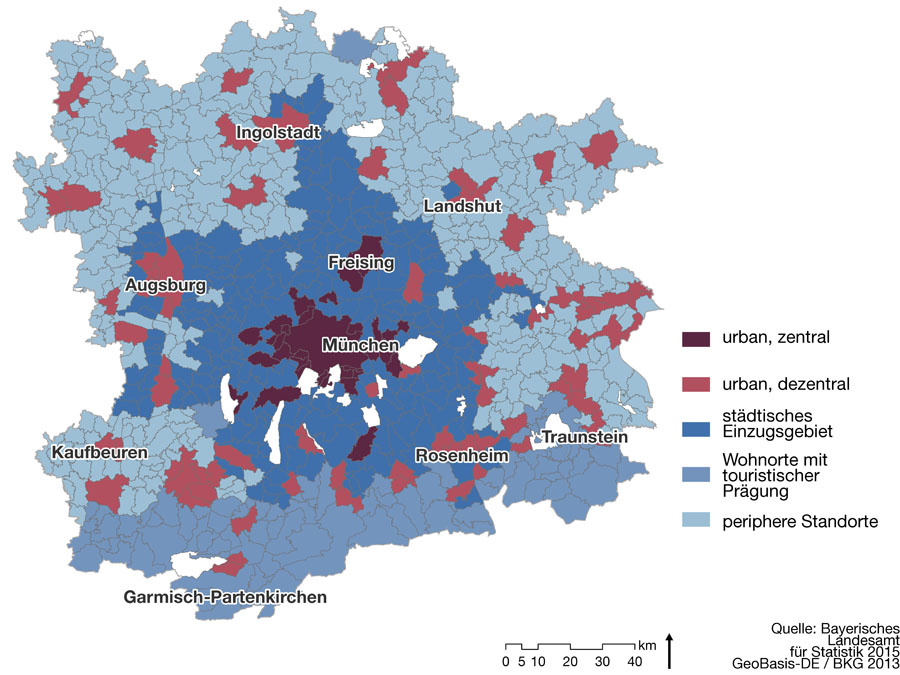
Where is living space most urgently required? How do people make use of shopping options in their residential and working environments? TUM staff addressed these questions in collaboration with numerous regional cooperation partners in the study “Living, Working and Mobility in Munich Metropolitan Area”. More than 7,300 individuals who have moved house or changed their place of work during the last three years participated in the study. Local councils, companies and mobility service providers are able to draw conclusions from this data as to which factors are most important to residents in selecting their place of residence, place of work and preferred form of transportation.
Local infrastructure enhances quality of life
One result: Living in a central location with good connections is becoming increasingly important for people in the Munich metropolitan area - despite higher rent in these areas. “Many people prefer high-quality residential options in densely populated districts that have a lot to offer and are close to key hubs within the public transport network,” emphasizes Prof. Alain Thierstein, Chair of Urban Development at TUM. The results of the study show that many people see no alternative to having good access to public transportation – as well as short distances between work, living space, shopping, and recreation offerings.
Between concentration and urban sprawl
A glance at the metropolitan area reveals three simultaneous developments: While the density of the population and workplaces is growing in the larger centers, locations in other well-connected regions of the metropolitan area are also being developed. In addition, the poorly-connected space between the transport hubs is also being settled to a certain extent. Growth in the metropolitan area is particularly concentrated within the regional capital city Munich, its neighboring districts and to a lesser extent in and around Augsburg, Ingolstadt and Rosenheim.
More variety in types of living space
The creation of affordable, centrally located living space with good access to public transport is and remains a key challenge for politicians and local authorities. The aim is to offer a variety of different housing types – rentals, real estate, single-family houses, apartments – without wasting top-notch construction space with low-density developments. The researchers involved in the study came to the conclusion that the limited space in the centers should be used more intensively and densely than in the past. Areas with good infrastructure and local facilities which are currently less ideally connected and located away from the centers should be better connected – this applies to the municipalities in the north of Munich, for instance.
Networks of urban centers
Cities like Augsburg, Ingolstadt and Rosenheim could be able to absorb a portion of Munich’s growth with specific internal development according to the researchers. Towns located far from the region’s growth centers should be developed further with local measures. Regional bus networks would reduce the dependence on cars in the long term and would keep employees of small and medium-sized businesses at their location. “Not all roads have to lead to Munich,” says Prof. Gebhard Wulfhorst, Chair of Urban Structure and Transport Planning at TUM.
Wulfhorst believes that there is major need for action: The expansion of interconnecting routes and circular lines should be promoted. “High-quality public transport connections between the medium-sized towns in the metropolitan area could significantly reduce the pressure on Munich,” says Wulfhorst. He believes it is not enough to only focus on the Munich metropolitan area, instead sub-regions have to must organize themselves into smaller networks and in some cases cooperate with neighboring regions.
Images for download
Contact:
Dr. Michael Bentlage (Dr.-Ing.)
Technical University of Munich (TUM)
Department of Architecture
Tel.: +49 (89) 289 -22143 / -28538
bentlage@tum.de
Technical University of Munich
Corporate Communications Center
- Marco Bentlage / Stefanie Reiffert
- reiffert@zv.tum.de
- presse@tum.de
- Teamwebsite
